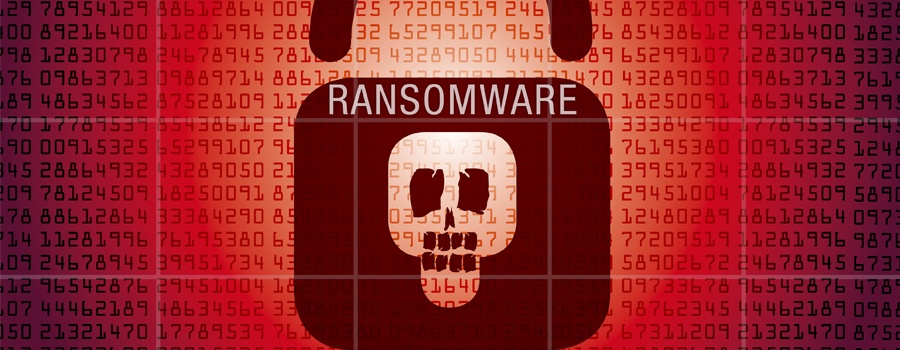Tag: deceptive
-

Alabama Legislature Considers State Law on Cybersecurity
At the time of the writing of this article, Alabama is one step closer to having a law on the books related to cybersecurity. As one of only two states without a state data breach law, Alabama is considering legislation that requires certain entities, “covered entities,” to report to state agencies and affected individuals when…